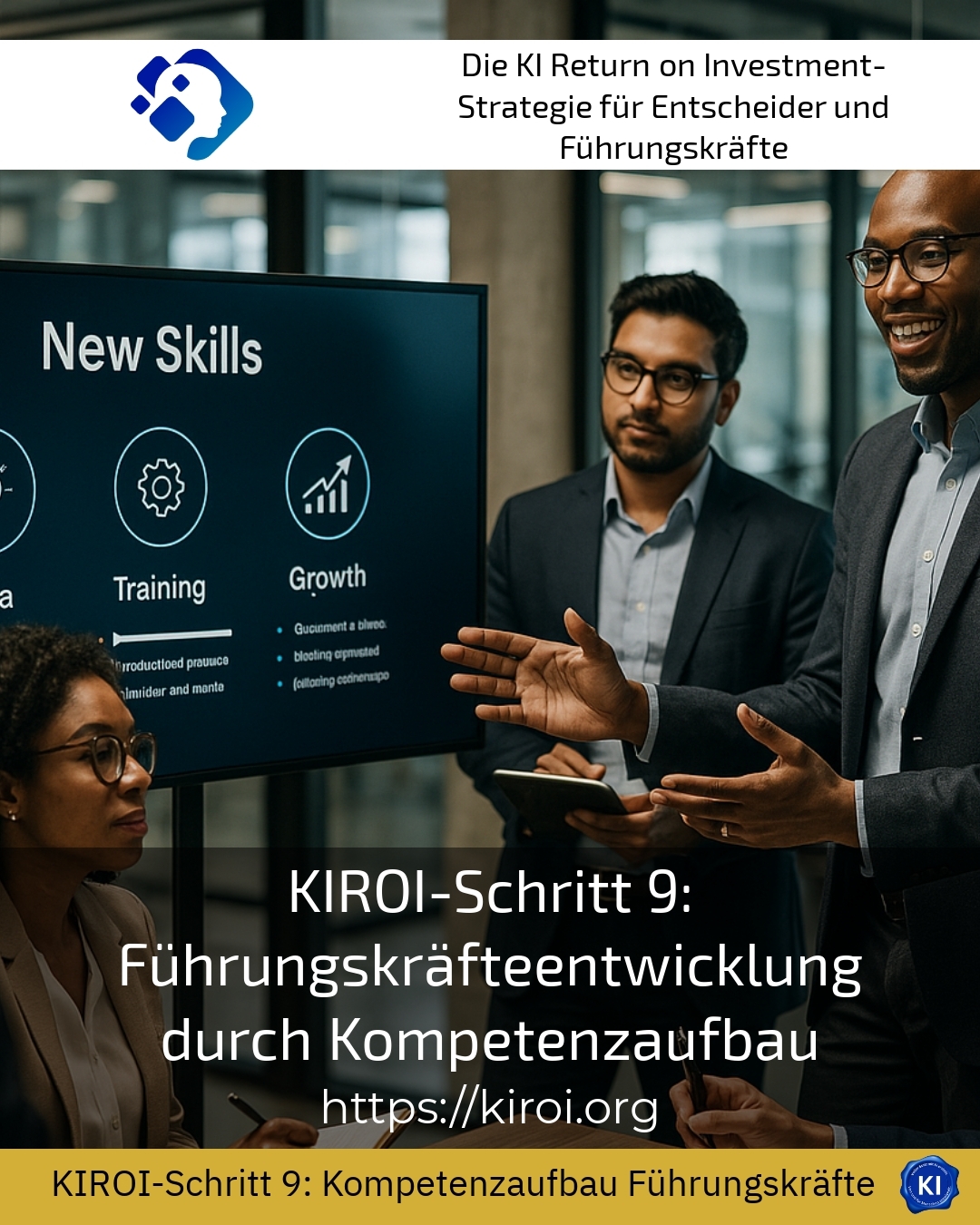Leadership development is a key building block for sustainable success in organisations. Many organisations recognise that the targeted promotion of leadership skills not only increases performance, but also strengthens team motivation and loyalty. In this article, you will find out how skills development works in practice and which methods have proven successful.
Leadership development: Why competence building is crucial
Leadership development begins with the realisation that leadership is not just about authority. Rather, it is about inspiring people, communicating goals and shaping change. Building competences is the key to this. It encompasses professional, social and methodological skills.
Many managers report that they experience challenges in their day-to-day work. These include conflicts in the team, change processes or the balance between goal setting and employee motivation. These issues can be tackled systematically with targeted measures.
Practical examples show this: A management development programme was launched in a technology company. The aim of the programme was to strengthen communication skills. After six months, the participants reported more trust in the team and clearer target agreements.
Another example: Rotation programmes were introduced in an international retail company. Managers moved to other departments for short periods of time. This resulted in a better understanding of the processes and stronger collaboration.
Management development was also supported by regular feedback rounds in a medium-sized service company. The managers received constructive feedback from employees and colleagues. This led to greater transparency and faster improvements.
Leadership development through coaching and mentoring
Coaching and mentoring are proven methods of leadership development. They enable individual support and exchange with experienced colleagues. Coaching helps to master specific challenges and gain new perspectives.
In systemic coaching, managers are viewed in the context of their organisation. This promotes an understanding of team dynamics and helps to develop solutions for complex situations.
Creative coaching methods such as visualisation or role-playing open up new ways of thinking. They help managers to react flexibly to challenges.
One example: The GROW model was used in a corporate group. Managers defined clear objectives and developed specific measures. This led to measurable improvements in target achievement.
Another example: Constellation work was used in a start-up. Managers visualised the relationships in the team. This helped to recognise conflicts at an early stage and find solutions.
A third example: The concept of the „inner team“ was applied in a medium-sized company. Managers learnt to recognise and integrate their inner parts. This led to greater clarity and self-confidence.
Management development through seminars and training courses
Seminars and training courses are classic management development tools. They impart knowledge on topics such as self-management, communication and conflict resolution. Online courses offer flexibility and can be used individually.
A large industrial company offered internal training courses on strategic controlling. The managers expanded their professional expertise and were able to make better decisions.
Another example: External team-building seminars were organised in a service company. The participants reported greater cohesion and more effective meetings.
A third example: Online courses on intercultural communication were offered in an international company. The managers improved their skills in dealing with international teams.
Management development through practical experience
Practical experience is an important part of management development. Projects, rotation programmes or assignments abroad enable skills to be acquired in real-life situations.
In a technology company, managers were transferred to other departments for short periods of time. This promoted the exchange of knowledge and flexibility.
Another example: Assignments abroad were offered in an international company. Managers gained experience in other countries and further developed their organisational and social skills.
A third example: Temporary projects were launched in a medium-sized company. Managers were able to put their skills to the test and gain new experience.
BEST PRACTICE with one customer (name hidden due to NDA contract) In an international company, a management development programme was combined with coaching, seminars and practical projects. The managers received individual support, took part in workshops and took on projects in other departments. After a year, the participants reported greater self-confidence, better communication skills and stronger teamwork. Employee satisfaction increased noticeably.
My analysis
Leadership development is a continuous process. It requires a combination of coaching, training and practical experience. Only in this way can competences be built up sustainably and challenges successfully mastered. The targeted development of managers not only strengthens individual performance, but also the entire organisation.
Further links from the text above:
Leadership development: Methods & practical tips
Coaching methods for day-to-day management
Leadership development methods
The 5 most important competences of a manager
Leadership development: 6 Central methods and approaches
For more information and if you have any questions, please contact Contact us or read more blog posts on the topic Artificial intelligence here.















